
Windgalls In Horses Back Legs / Should You Be Concerned About Equine
The horse experiences abrupt or short-term (acute) onset of a hugely swollen leg (usually a hind leg), extreme pain ("three-legged lame"), and an elevated temperature (102-105 degrees F).
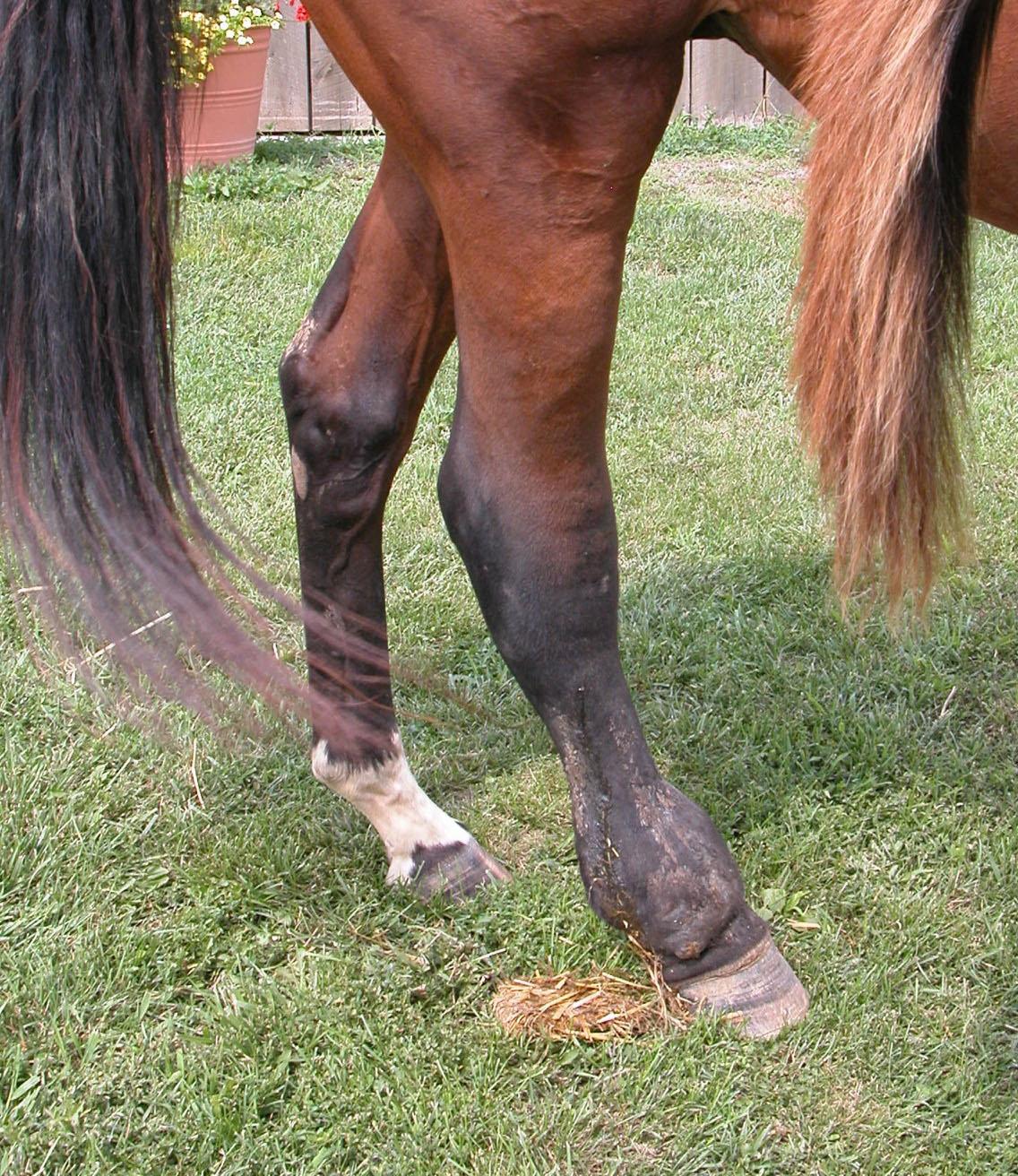
Cellulitis In Horses Treatment Quotes Trending
Filled legs is the term used to describe a condition in which the length of a horse's leg (more commonly the hind pair) appear swollen. It's often the result of the horse standing in his stable for longer than normal and not doing enough exercise.

My horse got kicked in the chest by a large, heavy horse with shoes on
Extreme leg swelling and loss of normal contours are classic signs of the microbial infection known as cellulitis. Dusty Perin Sudden and Severe Cellulitis comes on fast, typically blowing up in less than 12 hours. It stands out from other types of leg swelling in several ways. • Extent.
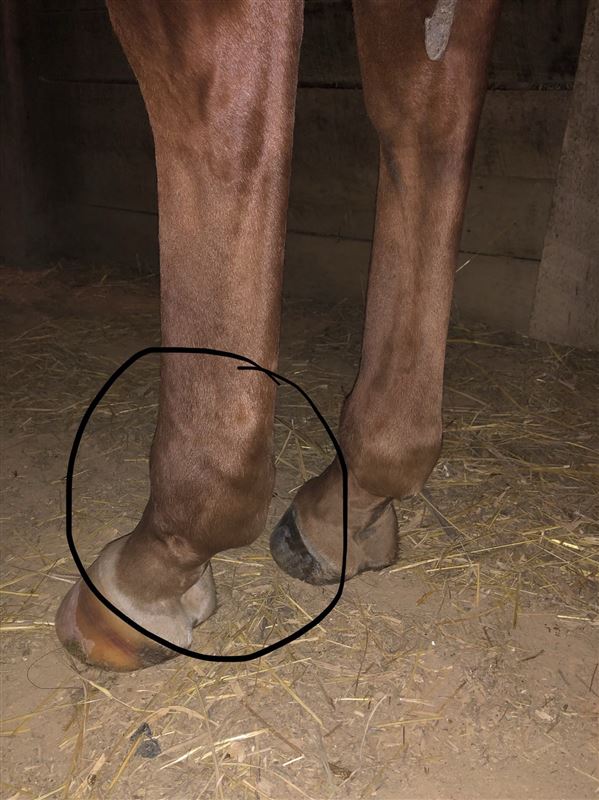
Viewing a thread Swollen rear fetlock (photos) UPDATE
Walk In Style With Clothes That Fit Your Personality and Size. Place Your Order! Prime Members Can Enjoy Unlimited Free Shipping, Early Access To Lightning Deals and More.

Urgent Care Leg Swelling. A swollen leg is always reason for concern
If your horse's leg (or several legs) are swollen there could be a number of causes, including: Long periods of confinement, such as standing still in a stable, after exercise. Not having enough freedom to move around in general Having too much protein in their diet Bruising Overexposure to moisture Overfeeding/ obesity Trauma/ injury to the limb

Treating a horse with a swollen hock Your Horse Magazine
The horse owner notices that a horse's leg or legs have become swollen and filled with fluid over night. In some cases the leg feels perfectly normal except for the swollen condition. In other cases, the leg feels warm and the horse flinches when the leg is touched. Veterinarian examining horse's leg

Equine leg care for swollen leg Horse liniment Horse care with Clifta
The swollen leg is warm and tender and the horse is most often lame, usually only willing to rest a toe on the ground. If left untreated, the leg swelling will progress and the skin on the affected leg may crack or split over pressure point areas. The leg may also ooze serum, a honey-colored constituent of blood.
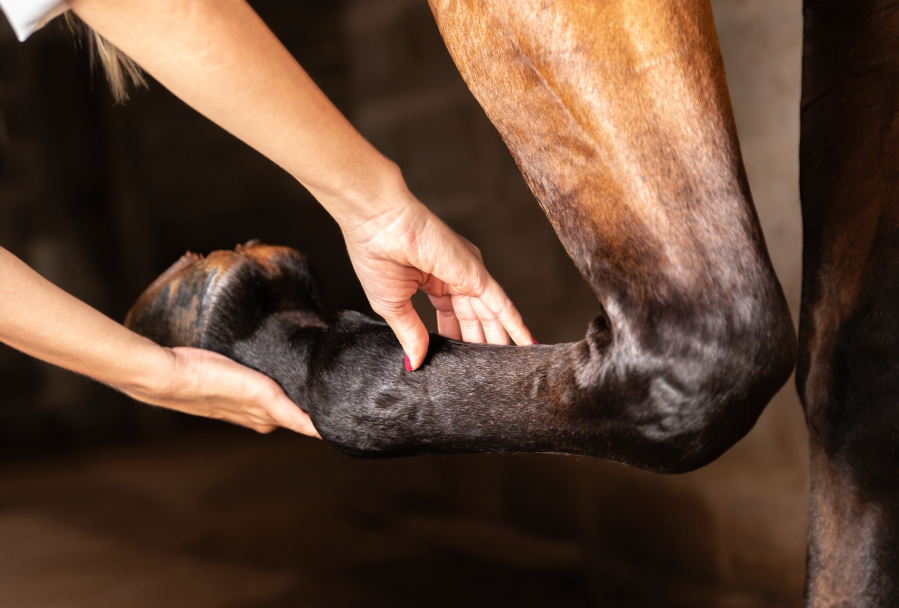
How to assess a horse's swollen leg plus nine of the most common
Discovering that a horse has a swollen leg is a common experience among horse owners. Swellings often develop over night or while a horse is in the pasture and are noticed only when the owner is getting ready to ride or train the horse.

How to Treat Your Horse's Swollen Legs Equine Veterinary & Pathology
Horses can "blow up" a leg in response to a scratch, cut, or puncture wound that may be so insignificant that it's hard to find. The leg may be warm in addition to being swollen. This swelling isn't likely to go down until the wound is cared for and any infection is treated.
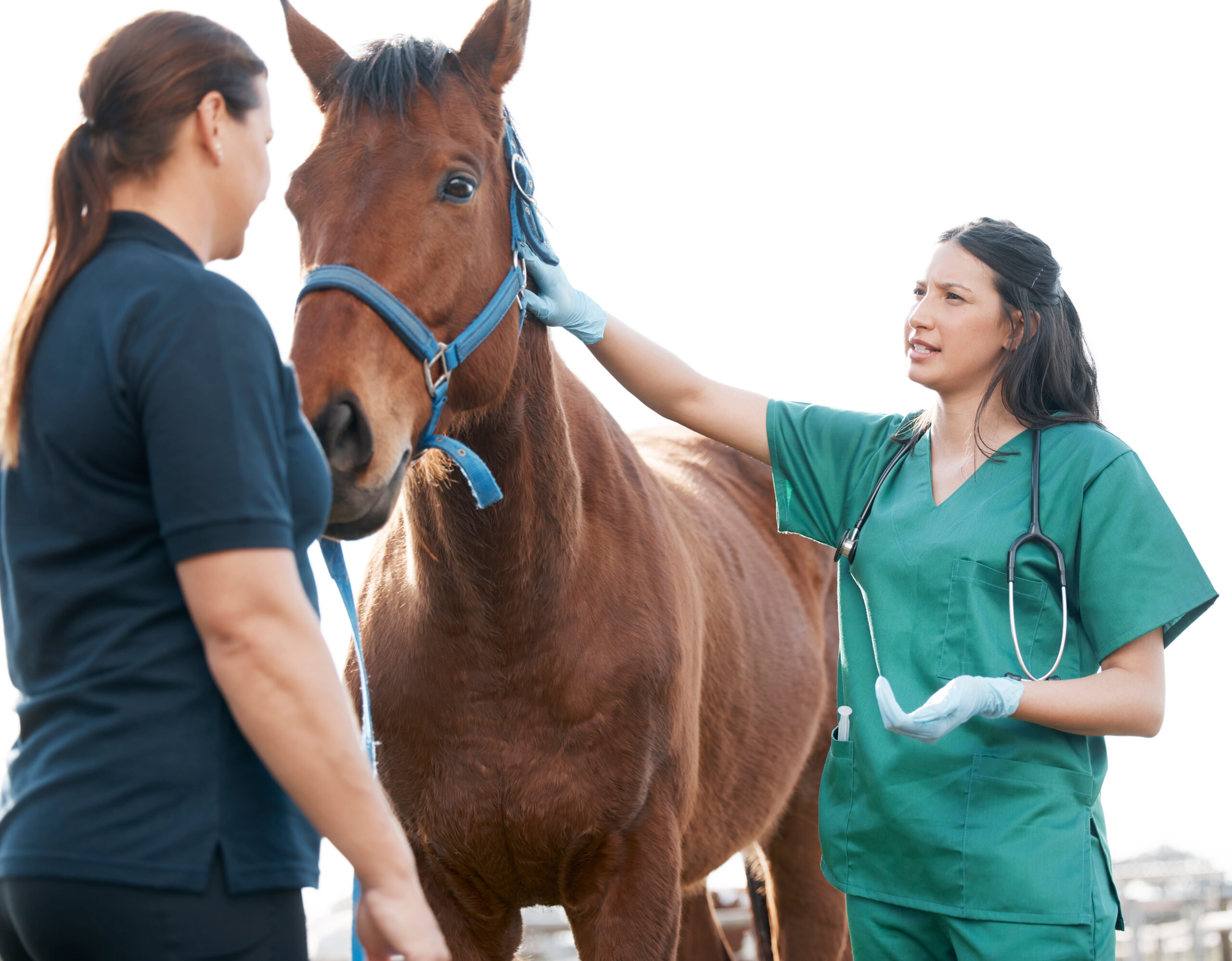
5 things to do when your horse's leg is swollen Equus Magazine
A horse's lower legs may swell for several reasons: stall confinement following intense exercise; lack of exercise; obesity; over-feeding or a diet too high in protein; or an allergic reaction. This kind of swelling is usually temporary, causes no discomfort beyond some stiffness, and gets better or disappears after exercise.
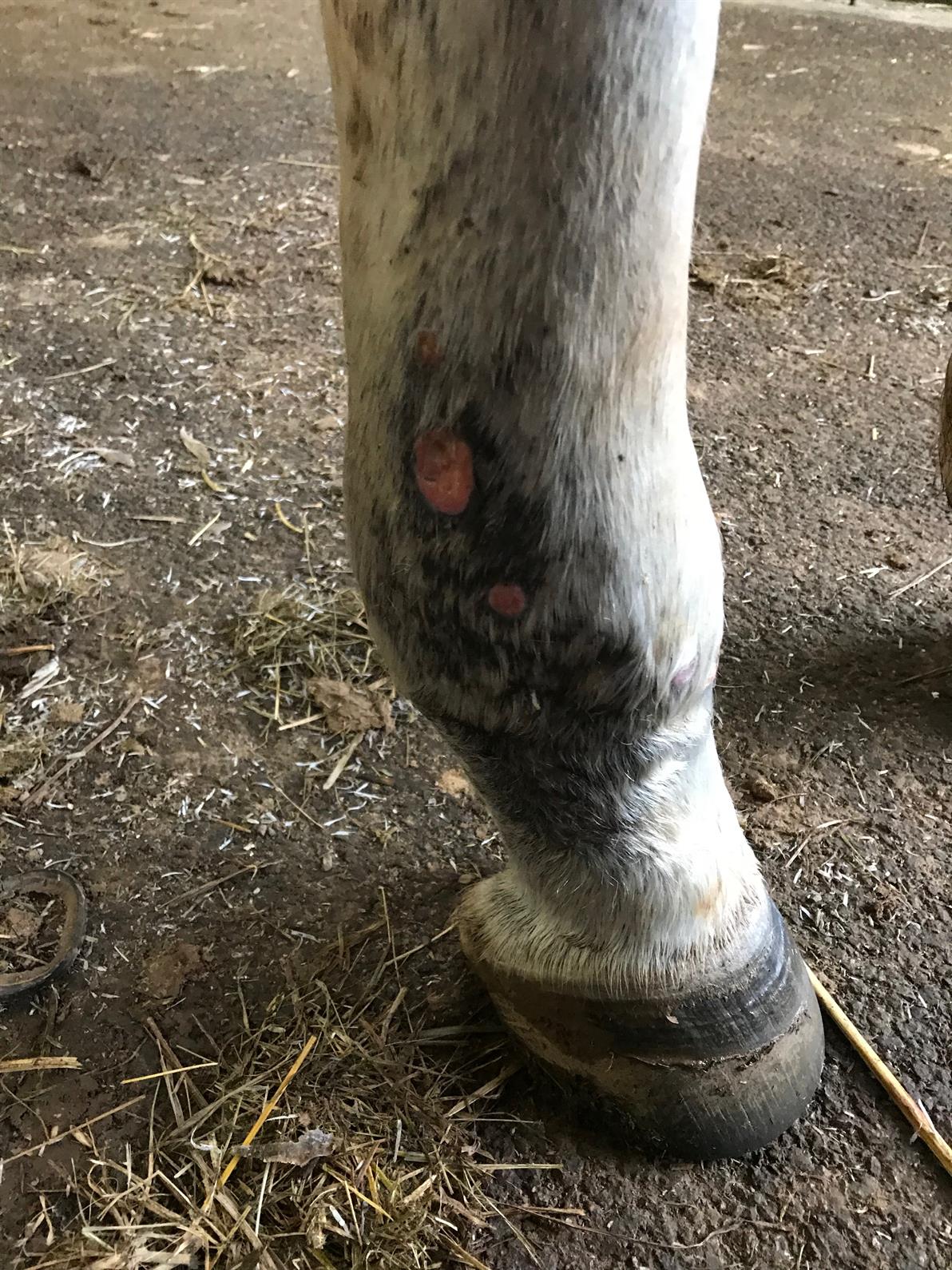
Treating Cellulitis US Equestrian
Generally 24-72hrs in a yard/stable where you can easily access them to carry out the other management strategies will be useful. Water and ice. Ice - Cool the area of swelling. Standing the horse in a large bucket of cold water and ice cubes is one of the most effective ways to cool a limb down (see chart below).

Swollen Knee Help Please Stockyard Horse Classifieds and Discussion
The horse experiences abrupt or short-term (acute) onset of a hugely swollen leg (usually a hind leg), extreme pain ("three-legged lame"), and an elevated temperature (102-105° F)..

News Conley and Koontz Equine Hospital
Swelling in horses legs is caused by a buildup of fluid, but there are many different reasons why this may happen. There are two main types of fluid that will build up within a swelling on a horses leg. The first of these is fluid that is part of a natural inflammatory response to an injury.
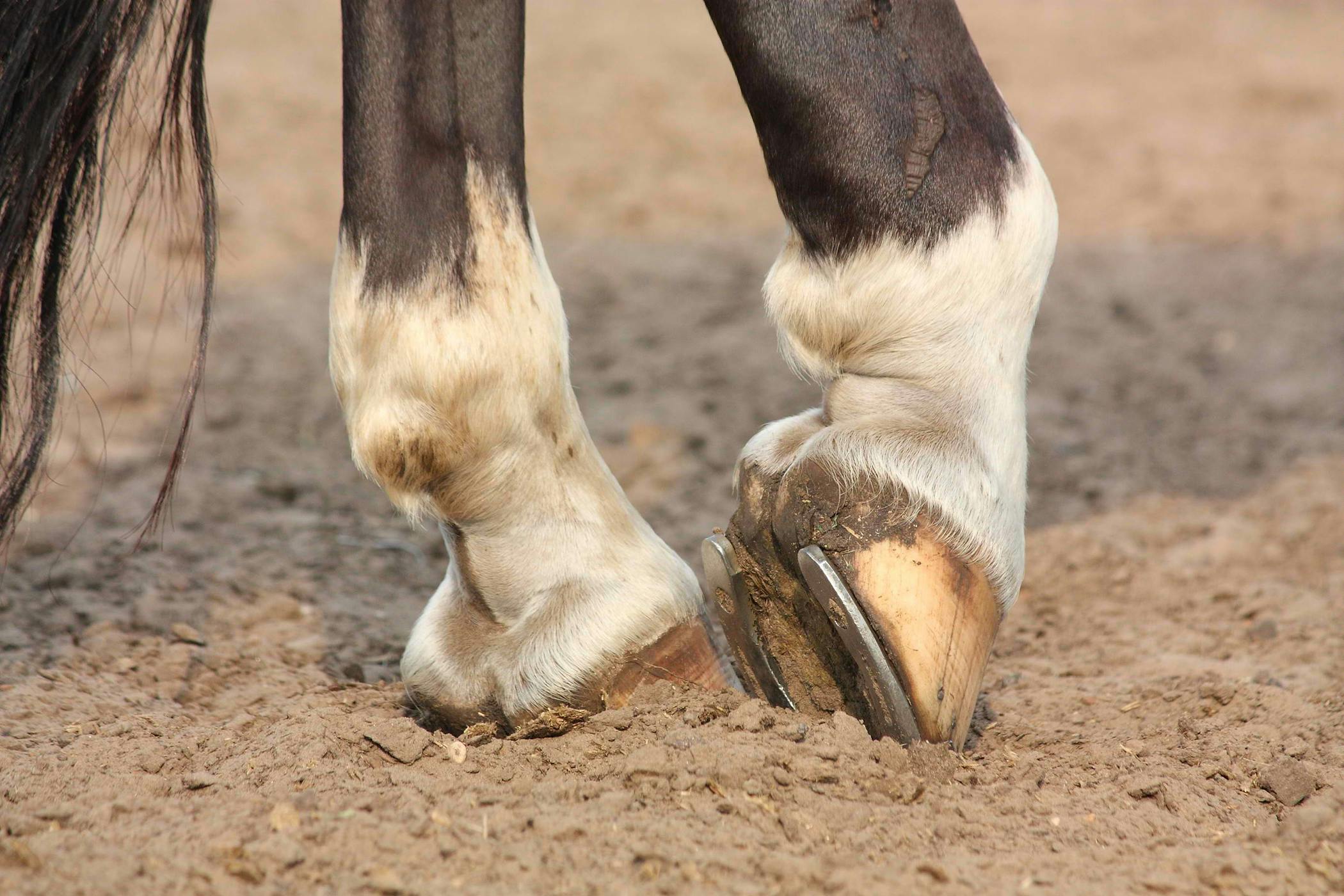
Tendonitis in Horses Symptoms, Causes, Diagnosis, Treatment, Recovery
The average age of a horse owner is 51 years old, and 23% are over age 60. In the U.K., 600,000 horses are owned by individuals, and 400,000 in Canada. For horse owners, maintaining the well-being and happiness of their equine companions is paramount. Yet, even with the best care, leg inflammation in horses can sometimes occur.

Applications Vetletics
So, if or when you spot that your horse has a swollen leg, it is most likely to be fluid accumulation which is technically called stocking up. In some cases, if not properly treated, stocking up can be more than just a temporary discomfort, it can inhibit a horse's athletic performance and potentially lead to further injury.
The Horse Talker Tendon Injury?
A: This is a very common condition, especially in older sporthorses. Although it is likely benign, double-check that there is no heat or pain associated with your horse's leg swelling. Slowly run your hands over the swollen areas to feel for heat and gently palpate the region to identify any tenderness.